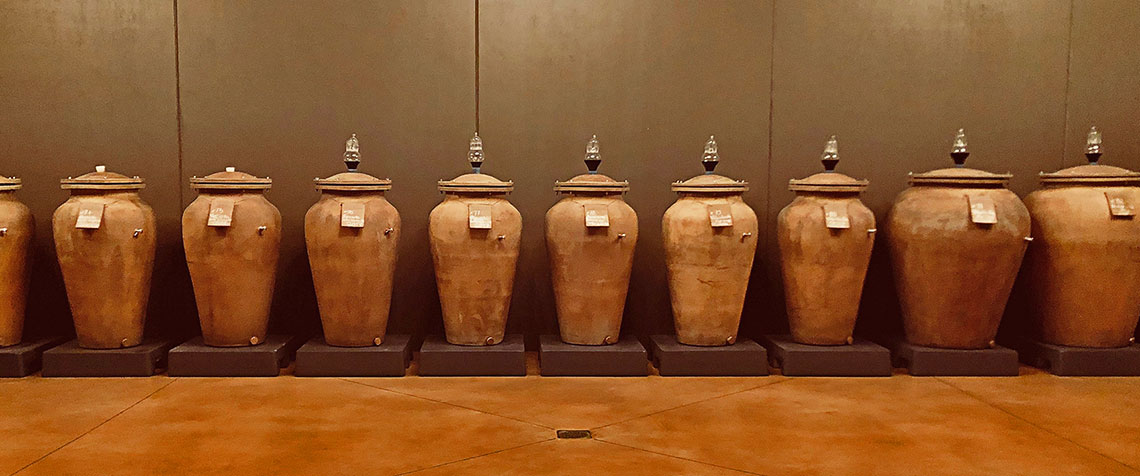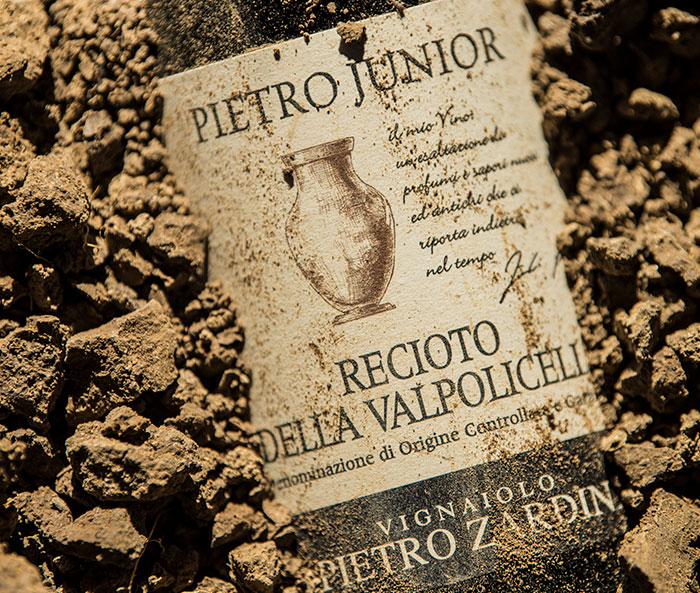In my cellar there have been several amphorae of various sizes for some time now, for a total capacity of around 10,000 litres.
They are not lined nor coated with any material (beeswax, epoxide resin), only raw clay maintaining the identity of the wine and that of our land.


